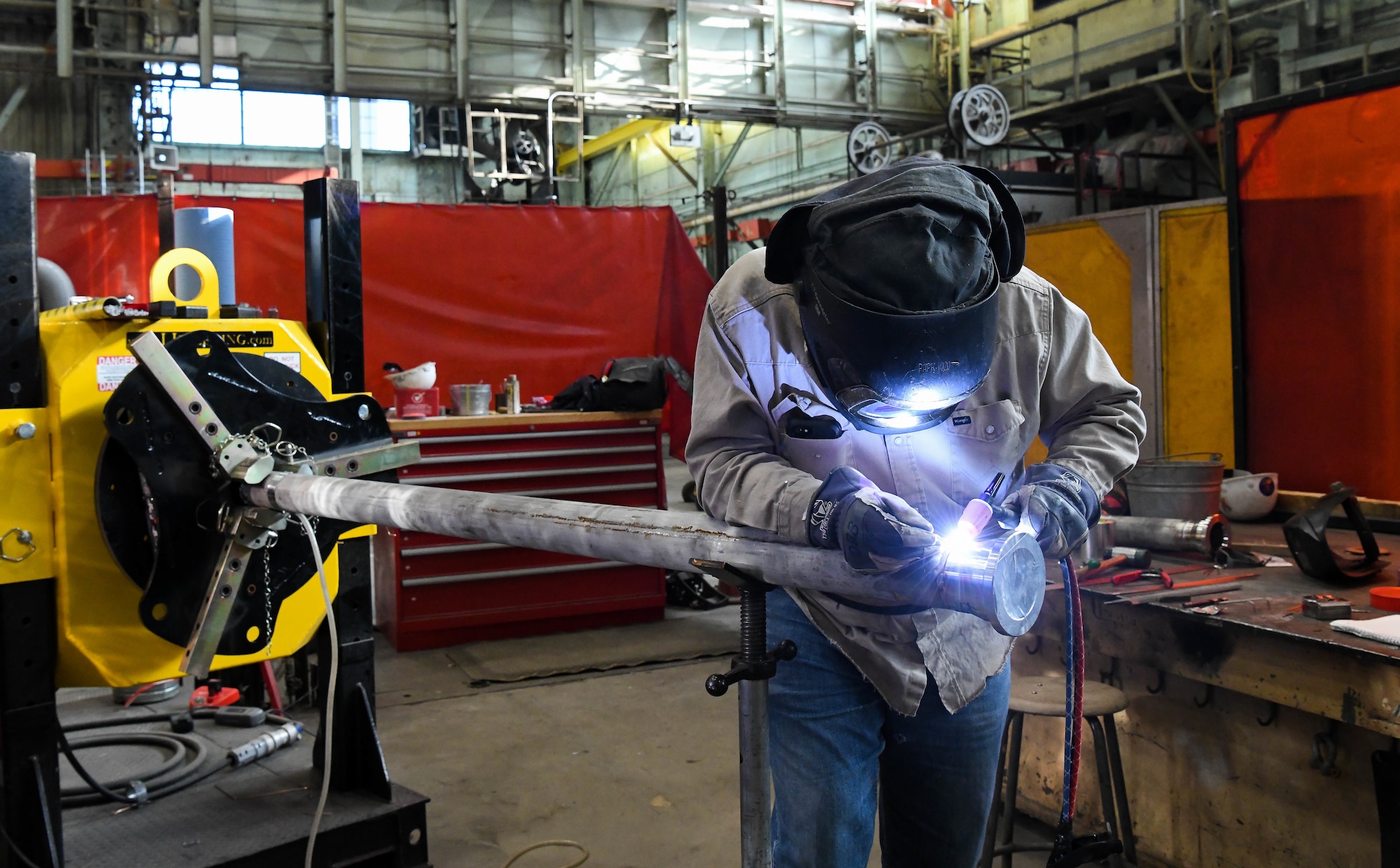Bonding WPS for Beginners: Starting with Welding Treatment Requirements
Bonding WPS for Beginners: Starting with Welding Treatment Requirements
Blog Article
Getting Welding Excellence: Revealing the Tricks of WPS Implementation and Optimization
In the world of welding, achieving excellence is a quest that depends upon the careful application and optimization of Welding Procedure Requirements (WPS) These fundamental papers act as the foundation of welding procedures, dictating the procedures and criteria needed for creating top notch welds constantly. However, the tricks to opening the full possibility of WPS exist not only in understanding its value but additionally in understanding the complexities of its application and optimization. By delving right into the crucial elements, techniques, challenges, and finest methods related to WPS, a world of welding quality awaits those who want to discover its midsts.
Relevance of WPS in Welding
The Significance of Welding Procedure Specifications (WPS) in the welding industry can not be overemphasized, acting as the backbone for making sure uniformity, quality, and security in welding operations. A WPS supplies comprehensive instructions on just how welding is to be performed, including crucial variables such as products, welding procedures, joint layout, filler metals, preheat and interpass temperatures, welding currents, voltages, travel rates, and extra. By adhering to a distinct WPS, welders can maintain uniformity in their job, bring about regular weld top quality throughout different projects.

Crucial Element of WPS
Discussing the important parts of a welding treatment specification (WPS) is vital for recognizing its duty in welding operations. A comprehensive WPS includes a number of essential aspects that lead welders in achieving quality and uniformity in their job. One critical facet of a WPS is the welding process requirements, which lays out the details welding procedures to be utilized, such as gas tungsten arc welding (GTAW) or protected metal arc welding (SMAW) In addition, the WPS includes information on the welding materials, such as the type and requirements of the base steel and filler steel to be used. The WPS also defines essential variables like welding criteria, preheat and interpass temperature demands, and post-weld warmth treatment procedures. Moreover, it includes info on joint design, fit-up, and any type of special methods or precautions essential for the welding operation. By incorporating these crucial components right into the WPS, welding treatments can be standardized, ensuring top quality, efficiency, and security in welding operations.
Strategies for WPS Optimization

Second of all, training and credentials of welding personnel according to the particular demands of the WPS is paramount. Giving thorough training programs and ensuring that welders are licensed to perform treatments outlined in the WPS can lead to higher quality welds and lowered rework.
Furthermore, leveraging innovation such as welding software and surveillance systems can help in enhancing WPS. These devices can aid in monitoring variables, making certain criteria are within specified limitations, and providing Read Full Article real-time responses to welders, enabling them to make prompt modifications for improved weld quality.
Usual Challenges and Solutions
Encountering barriers in executing the techniques for WPS optimization can impede welding operations' performance and top quality. One usual obstacle is poor training or understanding of the welding procedure requirements (WPS) amongst the welding group. This can result in incorrect execution of welds, leading to issues and revamp. To resolve this, thorough training programs ought to be applied to make certain that all welders excel in applying and translating WPS accurately.
An additional difficulty is the lack of correct documentation and record-keeping, which is vital for WPS optimization. Without clear documents of welding criteria, products used, and evaluation outcomes, it comes to be challenging to identify locations for renovation and make certain consistency in welding processes. Executing a durable documents system, such as electronic welding management software, can help improve record-keeping and promote information analysis for continuous improvement.
Additionally, inconsistent welding equipment calibration and maintenance can present a significant obstacle to WPS optimization. Regular equipment checks, calibration, and upkeep timetables ought to be stuck to strictly to make sure that welding criteria are accurately controlled and maintained within the defined resistances (welding WPS). By attending to these usual difficulties with positive remedies, welding procedures can improve performance, top quality, and general welding excellence
Best Practices for WPS Implementation
To make sure effective WPS implementation in welding procedures, adherence to market standards and careful focus to detail are critical. When starting WPS execution, it is crucial to begin by extensively recognizing the certain welding needs of the job. This requires a thorough evaluation of the welding treatment see it here specs, materials to be welded, and the ecological conditions in which the welding will happen.
When the requirements are clear, the following action is to choose the proper welding procedure that aligns with these specs. This includes speaking with the appropriate codes and standards, such as those provided by the American Welding Society (AWS) or the International Organization for Standardization (ISO), to make sure compliance and quality.
Moreover, documenting the entire WPS application process is essential for traceability and top quality control. Thorough records need to be kept concerning welding criteria, product preparation, preheat and interpass temperature levels, welding consumables made use of, and any deviations from the original treatment. Normal audits and testimonials of the WPS can aid recognize areas for enhancement and make sure continuous optimization of the welding procedure.


Final Thought
Finally, the implementation and optimization of Welding Procedure Specifications (WPS) is crucial for achieving welding excellence. By comprehending the crucial components of WPS, implementing reliable approaches for optimization, addressing usual challenges, and adhering to finest methods, welders can make certain top notch welds and safe working problems. It is critical for professionals in the welding industry to prioritize the proper execution of WPS to enhance general welding efficiency and accomplish desired results.
The Significance of Welding Treatment Specs (WPS) in the welding industry can not be overstated, serving as the backbone for making sure uniformity, top quality, and security in welding procedures. A WPS offers detailed additional info directions on just how welding is to be lugged out, including important variables such as products, welding processes, joint style, filler steels, preheat and interpass temperatures, welding currents, voltages, traveling rates, and a lot more. One crucial aspect of a WPS is the welding procedure specification, which details the details welding procedures to be used, such as gas tungsten arc welding (GTAW) or shielded metal arc welding (SMAW) By integrating these key elements into the WPS, welding procedures can be standardized, guaranteeing high quality, efficiency, and safety in welding procedures.
It is crucial for specialists in the welding industry to prioritize the proper execution of WPS to improve overall welding performance and attain preferred end results.
Report this page